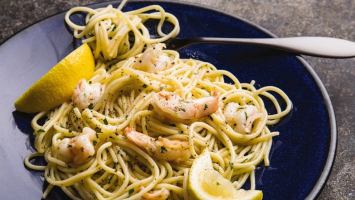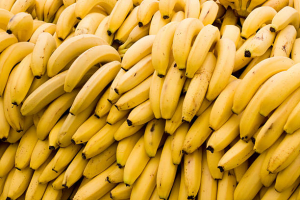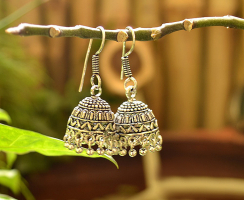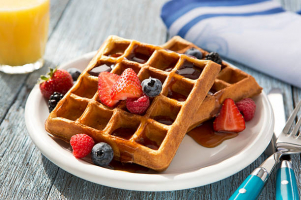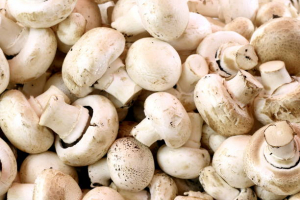Top 8 Best Cuts of Beef for Slow-Cooking
Slow cookers employ a technique known as braising, which involves cooking something partially submerged in liquid at a low temperature for an extended period ... read more...of time. This method is ideal for extracting the most collagen, bone, and connective tissue from tough cuts. Braising, when done correctly, will release all of the flavors of the meat while making everything fork tender. In this article, Toplist will list the best cuts of beef for slow-cooking that you may know!
-
Chuck is a hard-working muscle that comes from the front of the cow, around the shoulder area. As a result, while the chuck can be tough, it has a rich, beefy flavor and is one of the cow's fattier budget cuts. Don't be surprised if you come across a chuck with excellent marbling and roasting potential. Cooking the chuck low and slow yields a tender piece of flavorful meat.
A slow cooker pot roast requires some initial preparation, but the end result is well worth it and ideal for chuck. It is best to dry brine your roast for one to three days by coating it in salt and placing it in the refrigerator. While this isn't a required step, the end result will enhance the flavor of the meat. For added flavor, caramelize your chopped vegetables in a pan and deglaze the pan with wine. You can also simply combine all of the ingredients in your slow cooker; the choice is yours. Pour in some wine and a can of tomatoes into the slow cooker for liquid, making sure there is enough liquid to completely cover the meat. Cook your roast for two hours per pound of meat on high. When the beef is fork-tender, it's done. Reduce the cooking liquid if you want a rich sauce to go with your meal.
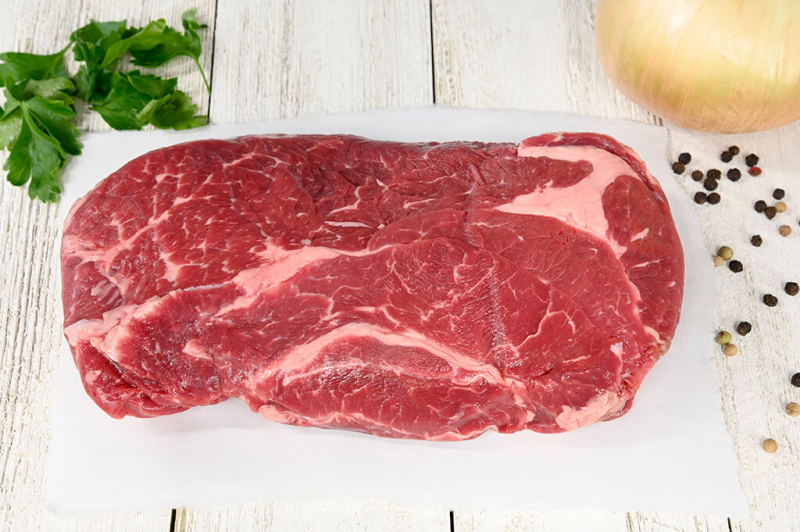
Chuck Roast 
Chuck Roast -
Oxtail, or the tail of a cow or veal calf, contains a lot of connective tissue, muscle fiber, and collagen, all of which will toughen up when heated to high temperatures. A low and slow cooking method, on the other hand, will break down these tough parts, leaving you with tender and intensely flavorful pieces of beef.
Oxtail can be found in a variety of cuisines around the world, including British classics like oxtail stew, Asian dishes like Pho Bo, and the traditional Caribbean version of oxtail. Historically, oxtail was a low-cost, throwaway cut of meat. Oxtail, on the other hand, has undergone a culinary renaissance in recent years and can now cost between $4 and $10 per pound or more, with half of that weight being bone. The Jamaican oxtail draws heavily from the island's previous inhabitants, including West Africans, Indians, the British, and the Spanish. The dishes' preparation is also influenced by African one-pot cooking traditions.
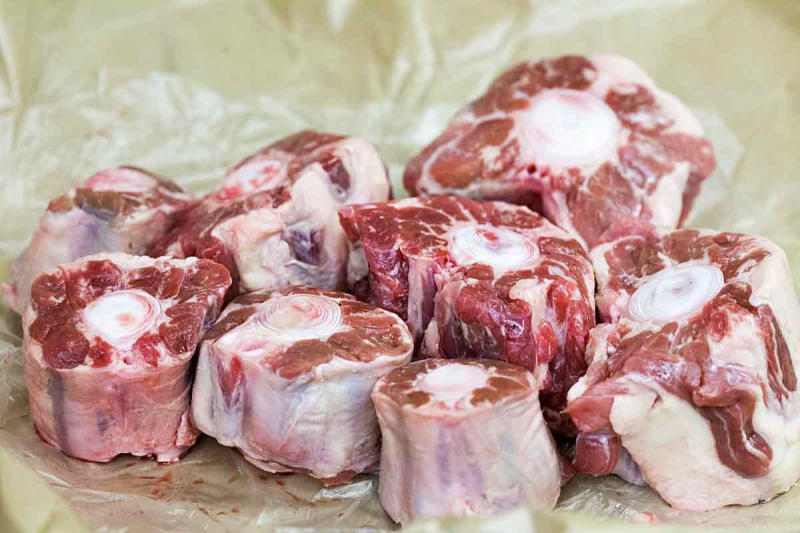
Oxtail 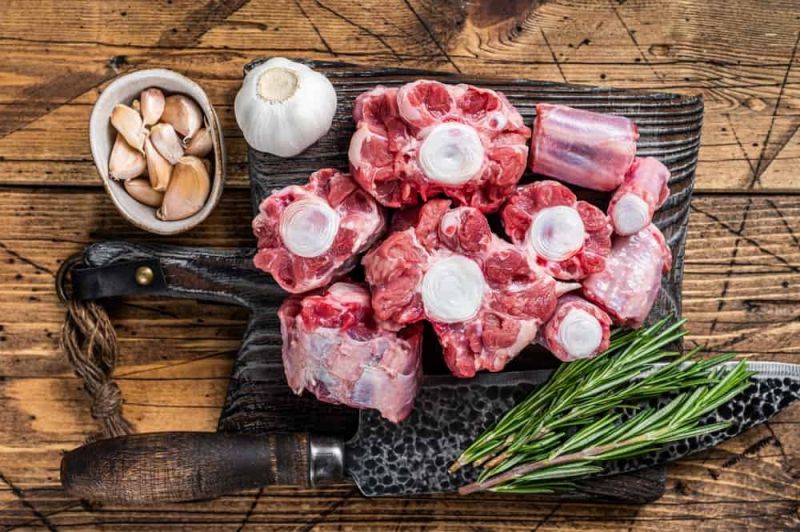
Oxtail -
The rump is derived from the round, a cut in the back of the cow. This cut, as a hard-working group of muscles used for movement, can be extremely difficult if not properly prepared. A rump roast is also quite lean, so drying the cut-out is a risk if not properly cooked. Because of its toughness, leanness, and large size, the rump is a relatively inexpensive cut of beef.
Rump roast is ideal for your slow cooker because of its lean meat and firm texture. Low heat for an extended period of time will break down the connective tissue and collagen within the meat, making it tender. Marinades and the various liquids in which the roast can be cooked reduce the risk of the rump drying out and add flavor, which may compensate for the lack of fat.
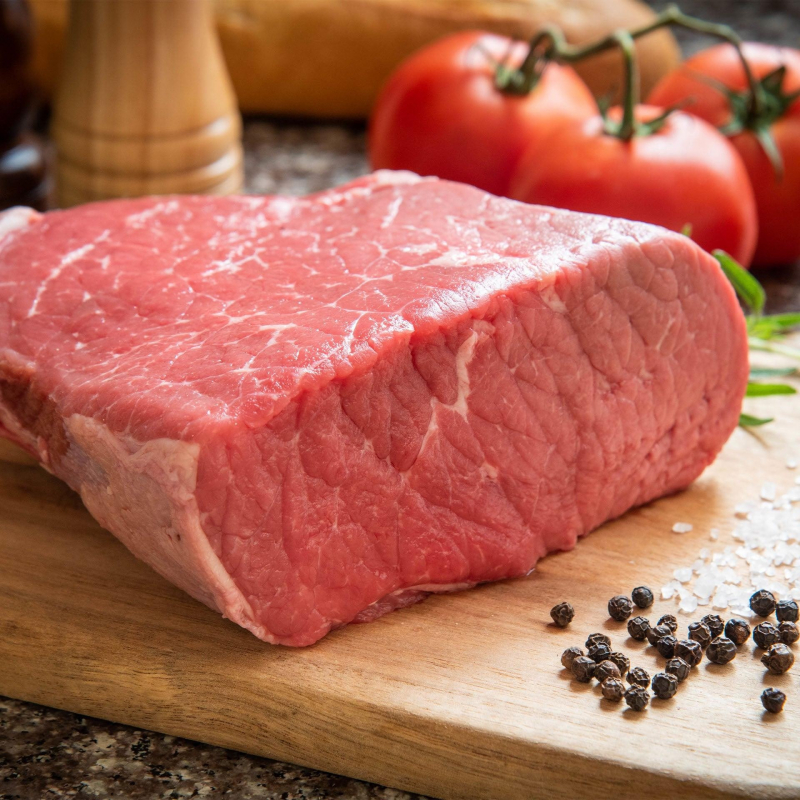
Rump Roast 
Rump Roast -
The eye of the round may resemble a tenderloin, but frying and eating both sides at the same time will quickly reveal the difference. This cheap and extremely lean cut comes from the same hardworking primal as the rump and has all the toughness you'd expect from a muscle used for movement. Because of these factors, it is one of the go-to's for slow-cooked pieces of beef. This cut is frequently seen as roast beef at the deli counter.
If you want to make a beef pot roast, an eye of round is a great choice. You can also cut it into chunks and sear the outside before using the beef cubes in stews and curries. If you want to try a new recipe, the eye of round is an excellent choice due to its low cost and versatility.
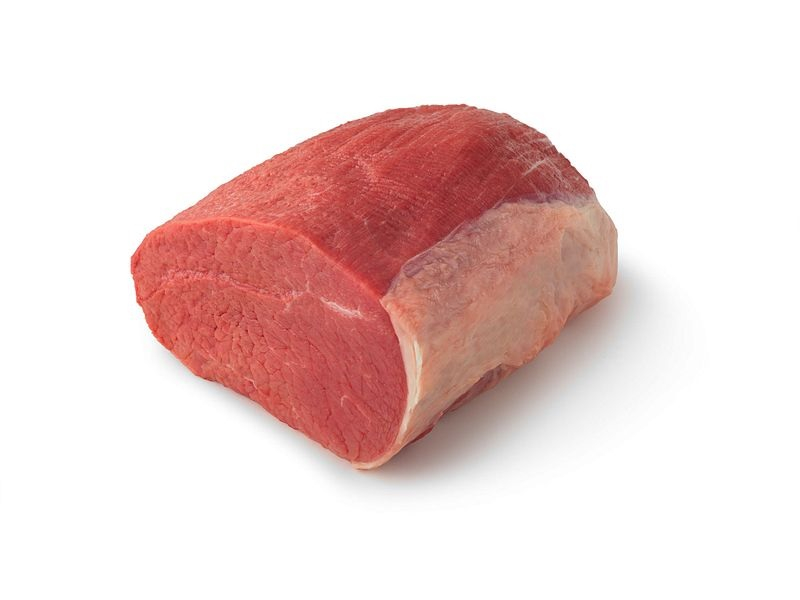
Eye of Round 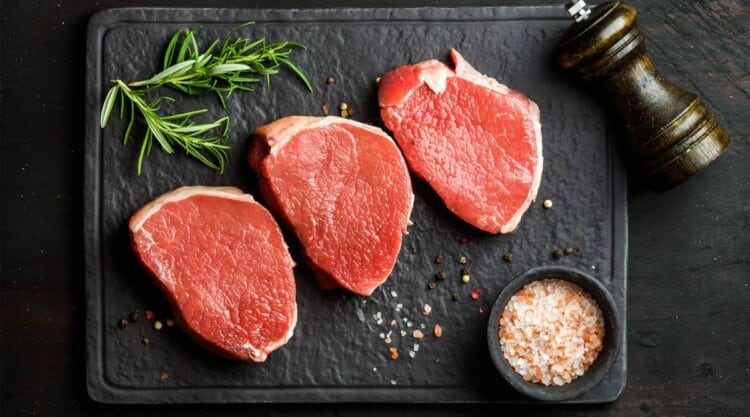
Eye of Round -
The beef shank (also known as beef shin) is one of the most flavorful cuts of meat you can buy, despite being one of the cheapest. It's collagen-rich and full of connective tissue, like many bone-in cuts. A few hours of slow cooking will yield a delicious piece of beef suitable for stews and soups. The shank is a large marrow-filled bone that runs through the center of the cow's front or back legs. During cooking, the marrow and collagen will degrade, imparting a rich flavor to the meat and producing a flavorful stock. Shanks are typically available as a whole roast, similar to a lamb shank, as thinner cross-cuts, or as a larger center cut.
Beef shank can be used as a cheaper substitute for veal in dishes like osso buco. The term "osso buco" translates to "bone with a hole" and refers to the shank cut. It can also be used in soups, such as Vietnamese classics like pho or something thicker like Cajun gumbo. Aside from the meat, the bone contains a lot of marrow, which can add a rich flavor to the main dish or stand alone as a dish.
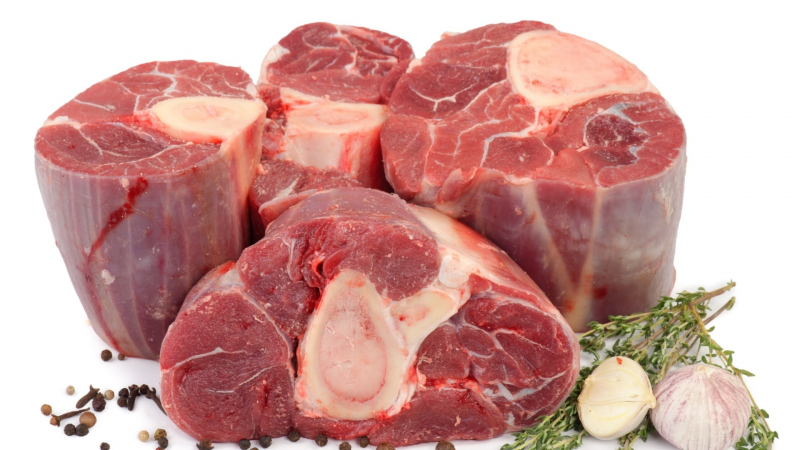
Shank 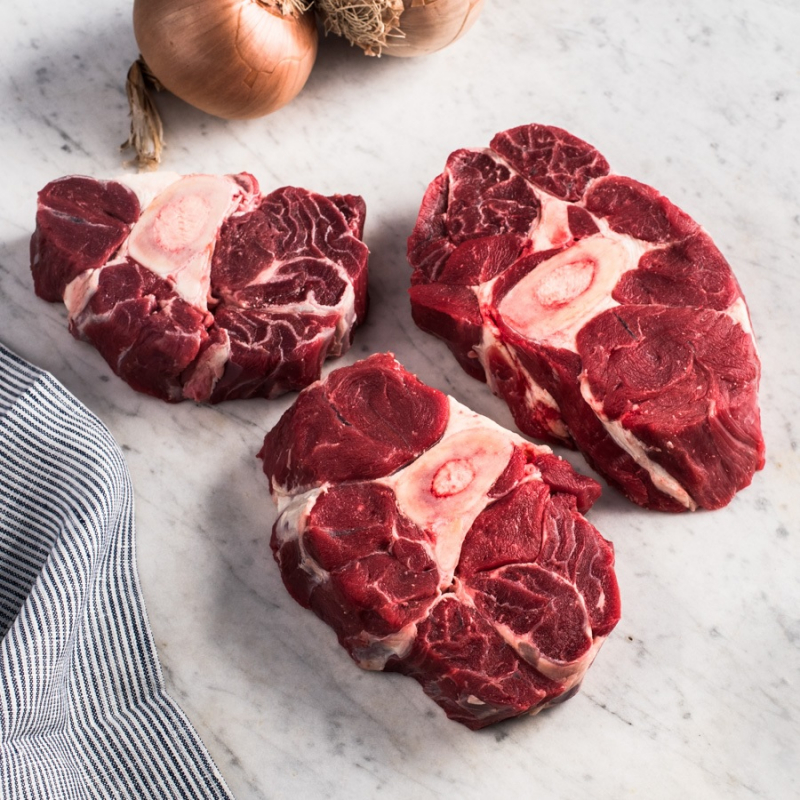
Shank -
If you want to make your own BBQ but don't have a smoker, your slow cooker can help. For a four-pound brisket, combine liquid smoke, brown sugar, and sliced tomatoes for a deep barbecue flavor, a five-minute sear on each side for a nice bark, and six hours in a slow cooker for tender, juicy, delicious brisket. A slow cooker recipe is also less complicated than smoking a brisket, which requires precise timing and temperatures to achieve the best results. Once your prep work is finished and your meat is in the slow cooker, you should leave it alone.
Brisket is quite pricey. It is derived from the chest of a cow and is divided into two parts: the fatty point and the leaner flat. The point produces tastier, more tender meat due to its fat content and marbling; as expected, it is the more expensive of the two cuts. The less expensive flat is better suited to thin slicing or shredding. Both pieces can be purchased as a whole brisket. The low price does not guarantee tender brisket; it still requires slow cooking on low heat to get the most out of this cut. When using a smoker is not an option, a slow cooker is the best option.
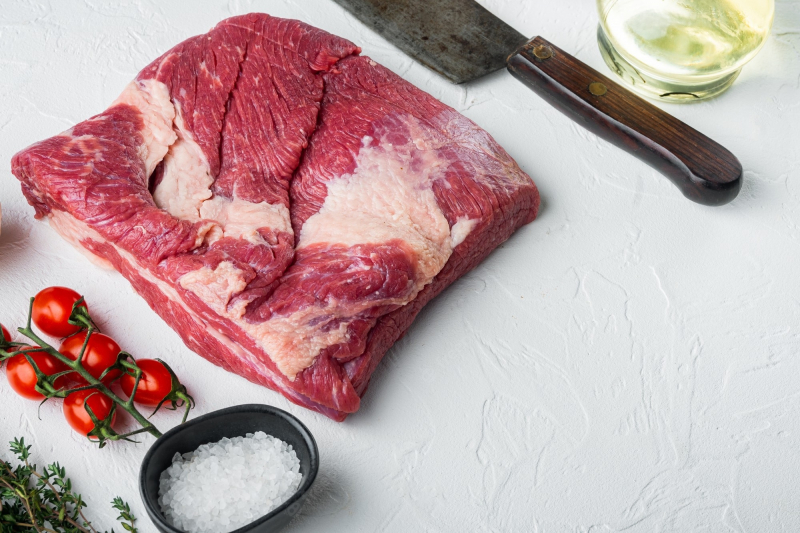
Brisket 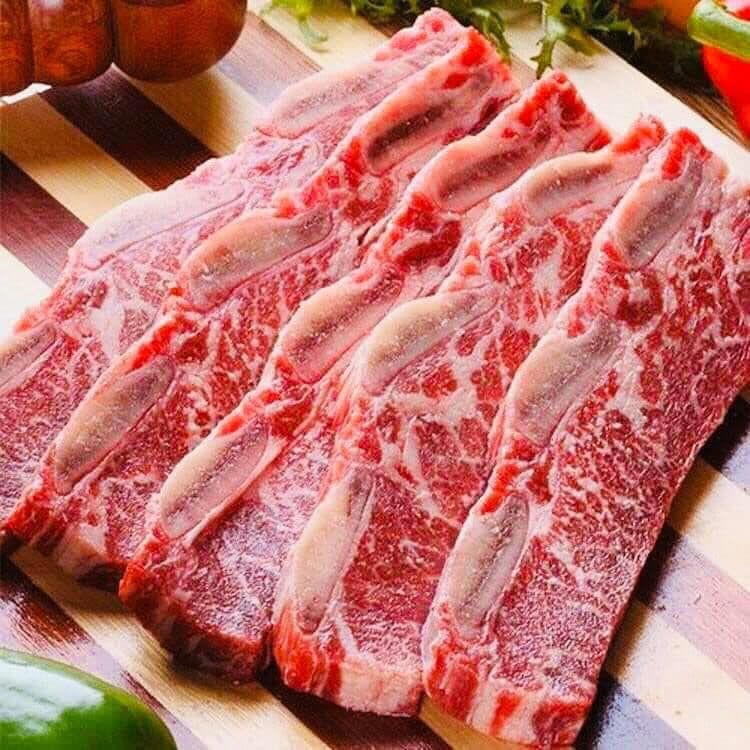
Brisket -
Short ribs are a versatile cut of meat that can be found in a variety of dishes. Various Asian and European dishes feature beef short ribs, and ribs are also a barbecue staple. While some short rib dishes, such as grilled kalbi, do not require low and slow cooking, other rib dishes benefit from slow cooking. A slow cooker is one of the best methods for short ribs to achieve this result, yielding tender, delicious meat that slides right off the bone.
Short ribs are derived from the chuck primal, which accounts for their excellent marbling and deep beefy flavor. Short ribs, like many other cuts from the chuck primal, are working muscles that require a long slow cook before turning from tough to tender. There are two types of ribs: English style and flanken cut. The meat surrounds the length of the bone in the English style, which has one bone per short rib. Flanken short ribs, also known as LA style depending on thickness, are cut across three bones, with the majority of the meat falling between the bones.
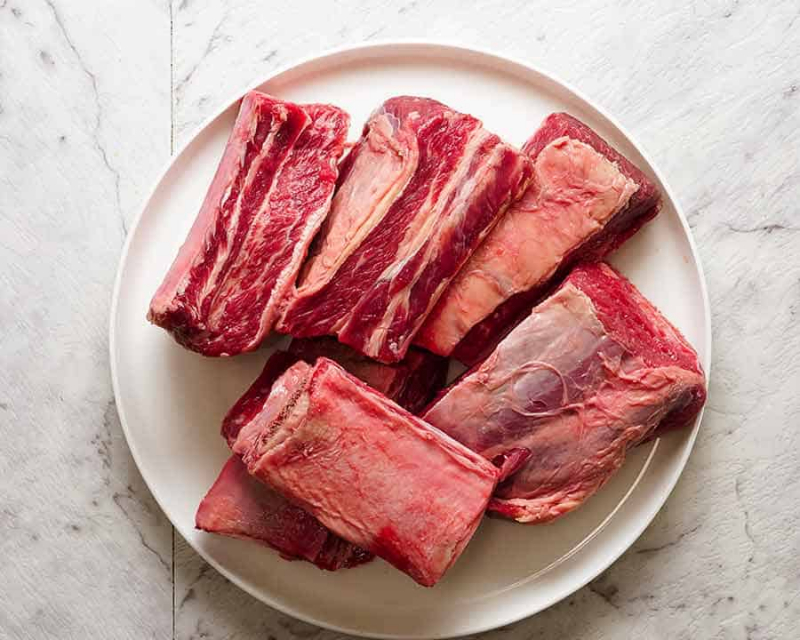
Short Ribs 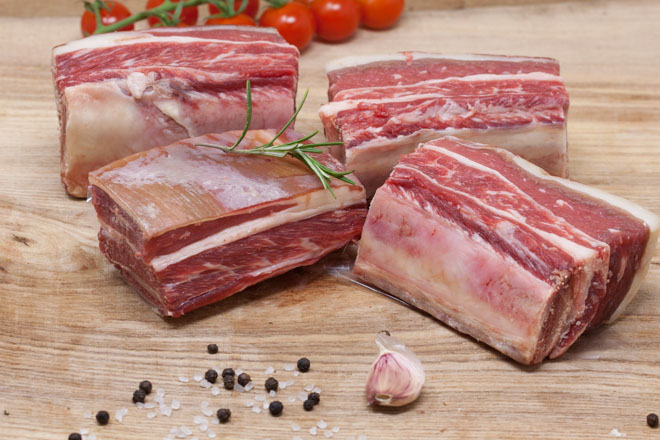
Short Ribs -
Slow cookers are excellent for stewing meat, so something versatile like ground beef and a slow cooker is an ideal match. Chilli, meat pie filling and meat sauce are all delicious and simple to prepare in your slow cooker. If you're going to a chili cook-off, potluck, or family BBQ, the slow cooker can also keep those dishes warm. Brown your ground beef first before adding onions and peppers to make a tasty slow cooker chili. Before transferring to your slow cooker, add three cans of your preferred beans and canned tomatoes. This chili can be cooked on high for four hours or low for six to eight hours.
Ground beef is derived from all parts of the cow, with tougher cuts and scraps typically making their way into the grinder. You can choose ground beef from a specific primal, and ground chuck is a great choice for slow cooking. Chuck has an 80/20 meat-to-fat ratio, so it will remain flavorful and juicy without becoming overly fatty. Pre-ground beef may not be the freshest or highest quality option, so always buy it from a reputable source. Alternatively, you can grind the beef yourself to ensure you get the desired cut and the freshest meat possible.
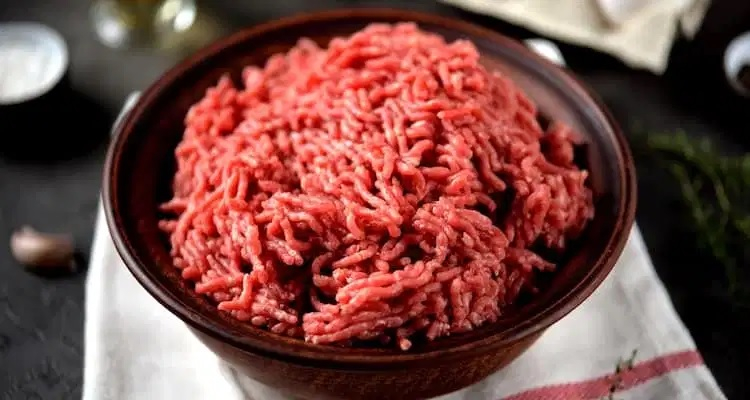
Ground Chuck 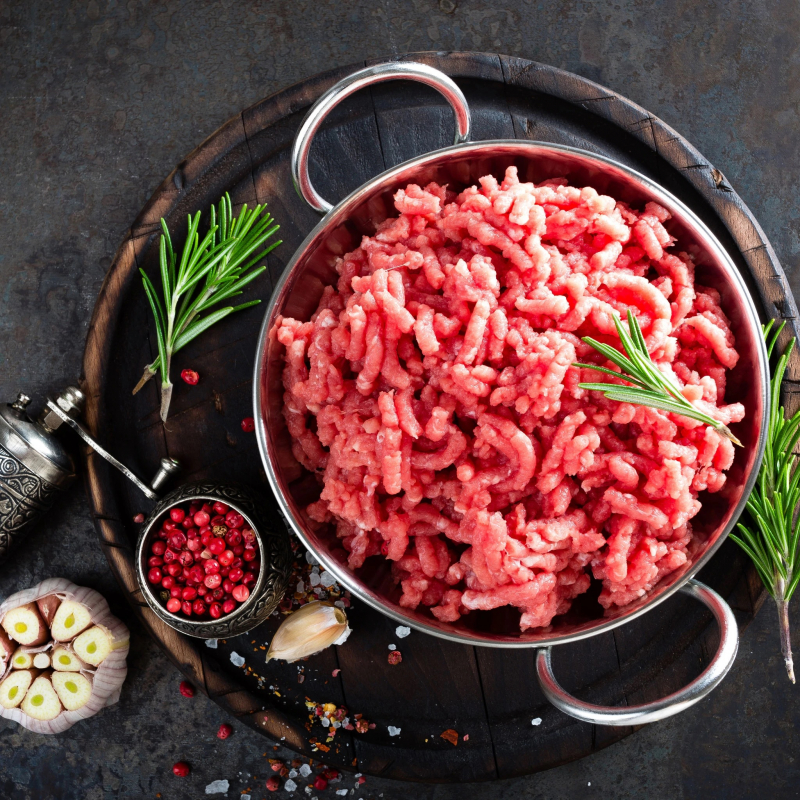
Ground Chuck














